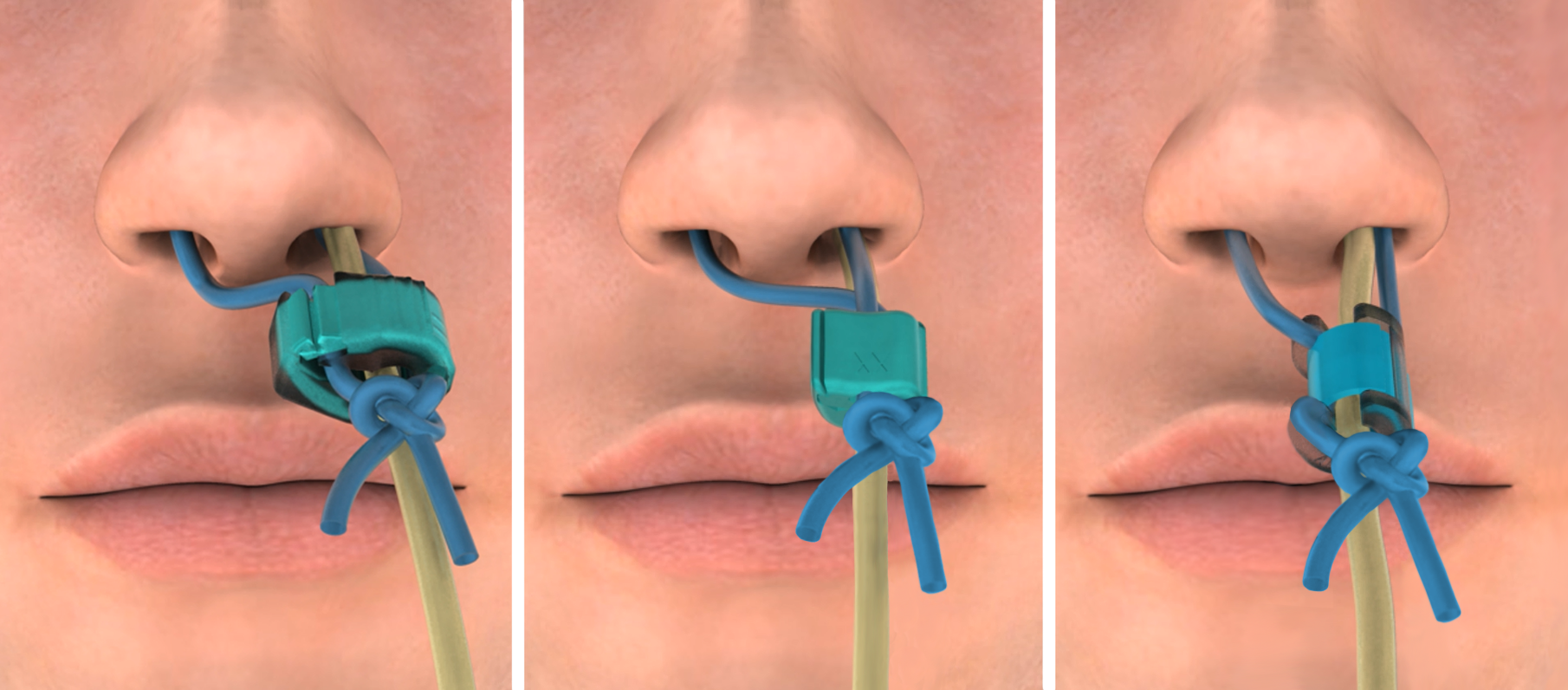
Nasal feeding tubes are medical devices that are used to deliver nutrients directly into the stomach or intestines of patients who are unable to eat or swallow. This comprehensive guide will discuss the benefits and challenges of using nasal feeding tubes, as well as provide valuable information for patients, caregivers, and healthcare professionals.
Benefits of Nasal Feeding Tubes
1. Ensures Proper Nutrition
- Nasal feeding tubes are essential for patients who are unable to eat or swallow food, ensuring they receive the necessary nutrients to maintain their health and well-being.
2. Easy Administration
- Nasal feeding tubes are relatively easy to insert and can be done without the need for surgery, making them a convenient option for patients who require long-term nutritional support.
3. Reduced Risk of Aspiration
- By bypassing the mouth and throat, nasal feeding tubes help reduce the risk of aspiration, which can lead to serious complications such as pneumonia.
Challenges of Nasal Feeding Tubes
1. Discomfort and Irritation
- Some patients may experience discomfort or irritation at the site where the nasal feeding tube enters the nostril, which can be managed with proper care and attention.
2. Risk of Infection
- There is a risk of infection associated with nasal feeding tubes, especially if proper hygiene practices are not followed during the insertion and maintenance of the tube.
3. Nasal Sinusitis
- Prolonged use of nasal feeding tubes can increase the risk of developing nasal sinusitis, a condition characterized by inflammation of the nasal sinuses.
Types of Nasal Feeding Tubes
1. Nasogastric Tubes
- Nasogastric tubes are inserted through the nose and down the esophagus into the stomach, allowing for the delivery of nutrients directly into the gastric system.
2. Nasoenteric Tubes
- Nasoenteric tubes are longer than nasogastric tubes and are inserted further down into the small intestine, bypassing the stomach and allowing for nutrient absorption in the intestines.
3. Nasoduodenal Tubes
- Nasoduodenal tubes are even longer than nasoenteric tubes and are inserted into the duodenum, the first part of the small intestine, providing nutrients directly to this region.
Tips for Managing Nasal Feeding Tubes
1. Proper Hygiene
- Ensure that the nasal feeding tube and surrounding area are kept clean and dry to prevent infections.
2. Positioning
- Position the patient upright during feeding and for at least 30 minutes afterward to prevent reflux and aspiration.
3. Regular Check-ups
- Regularly monitor the placement and function of the nasal feeding tube to ensure it is working correctly and not causing any complications.
Conclusion
Nasal feeding tubes play a crucial role in providing essential nutrition to patients who are unable to eat or swallow. While they come with benefits such as ensuring proper nutrition and easy administration, there are also challenges such as discomfort, infection risks, and the development of nasal sinusitis. By understanding the benefits and challenges associated with nasal feeding tubes, patients, caregivers, and healthcare professionals can work together to ensure the effective management and care of patients requiring nutritional support.